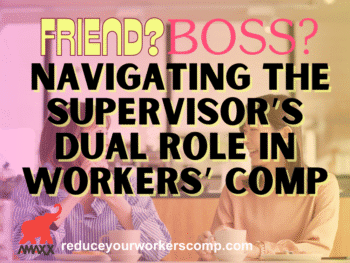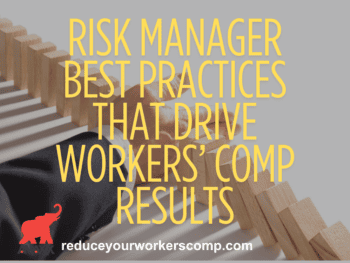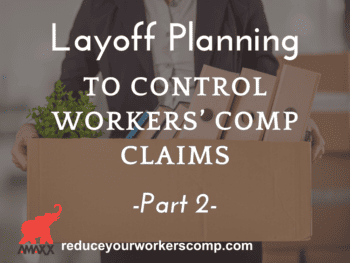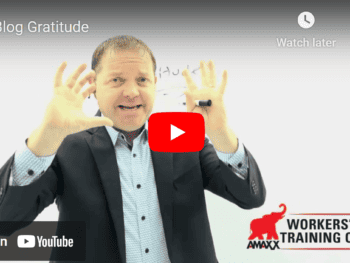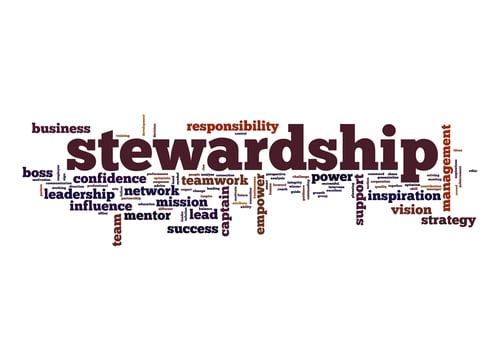
With statistics showing most employees are either not engaged or actively disengaged in their work, it means organizations need to take steps to improve their company cultures. Vulnerability and Purpose are the final two building blocks of a positive corporate culture in our 3 part series.
See additional articles in 3 part culture series:
- The 5 Building Blocks Of a Positive Corporate Culture: Part I
- The 5 Building Blocks Of a Positive Corporate Culture: Part II
- The 5 Building Blocks Of a Positive Corporate Culture: Part III
-
Vulnerability
Showing your vulnerability goes a long way in gaining trust from others. It puts you on the same level as the other person.
A dramatic example of the power of vulnerability came during an airline tragedy in 1989. United flight 232 was about an hour out of Denver en route to Chicago when the engine in the tail of the DC-10 blew, destroying the three hydraulic systems pilots use to move flight control surfaces and steer the plane. While 111 people were killed, 185 survived — largely because of the efforts of a DC-10 instructor who happened to be on the plane flying home for the weekend.
Trained for catastrophic failures, Dennis Fitch told the flight crew “tell me what you want and I’ll help you.” The pilot and two co-pilots put Fitch to work helping to bring down the plane. None of the flight crew worried about their status or that of Fitch; they were focused only on working collaboratively and trying any and every idea possible.
Response in Workers’ Comp is Typically Rigid
The workers’ compensation industry’s response to injured workers is typically very rigid. Physical restrictions are set and those handling the claim dictate what happens each step of the way. Think about how that could be different if there were collaboration and stakeholders made themselves vulnerable to the injured worker.
What if the employer, nurse case manager, or claims handler said to the injured worker, ‘tell me what you want and I’ll help you.’ Such a small shift in attitude demonstrates that you are a partner with the injured worker, rather than an adversary. Offering to pick up something from the office, or call a family member, or even getting a glass of water could be seen as helping.
Such collaboration could extend to return-to-work efforts. Instead of simply relying on the medical restrictions, you could say to the worker ‘tell me what you think you can do, and we’ll develop lite duty work.’ It’s a way of working with the injured worker, instead of being on opposite sides. It starts with vulnerability.
-
Purpose
All the other building blocks to a winning corporate culture come down to purpose; that is, what is the purpose or reason a company exists? What is the purpose of employees who go to the organization every day? Ideally, it is to work for something larger than just ourselves.
Majority of Workers Do Not Have Greater Purpose
The Gallop poll showing the engagement — or lack of — among employees in their work shows the majority of workers do not have a greater purpose in mind each day. It even showed that 18 percent of employees were actively disengaged and would go out of their way to do something that would negatively impact their companies. By using the previous four steps to create a caring, compassionate, strong culture, companies can change the attitudes of their employees.
As demonstrated in the study of preschoolers who were drawing, motivation must come from within. External rewards, such as additional money, are the least impactful.
The Nordstrom company has a great example of how an organization encourages purpose among its workers. The single rule told to employees is; Use good judgment at all time. That speaks not only to the company’s well known excellent customer service but also extends to how injured workers and their claims are managed. Managers, supervisors and injured workers all know what their purpose it.
Conclusion
Employees who are not only allowed but encouraged to work outside the rules and be creative are much more likely to feel a stronger sense of connection appreciation and connectedness to their organizations. Autonomy, mastery, belonging, vulnerability and purpose are the building blocks to create a winning corporate culture in which workers take pride, leading to fewer injuries and faster return-to-work.

Contact: mstack@reduceyourworkerscomp.com.
Workers’ Comp Roundup Blog: https://blog.reduceyourworkerscomp.com/
©2019 Amaxx LLC. All rights reserved under International Copyright Law.
Do not use this information without independent verification. All state laws vary. You should consult with your insurance broker, attorney, or qualified professional.


